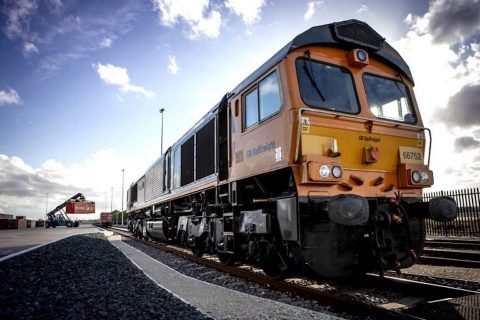Piraeus sends containers to Rijeka as Greek rail is far from operational

One of the main concerns resulting from the Greek rail network’s destruction by the floods of early September was the supply chain between the port of Piraeus and central Europe via rail. COSCO and its subsidiaries are currently implementing an alternative solution, which entails sending containers, previously moved by trains, to the port of Rijeka in Croatia by ship. From there, cargo can continue its transit on rails or trucks and reach destinations like Budapest.
This solution has been implemented before, specifically in 2015, when the Eidomeni border crossing between Greece and North Macedonia was closed during the peak of the migrant crisis in the Balkans. According to the port of Piraeus, the situation impacts approximately fourteen daily trains to and from the Balkans and Central Europe.
As the Hellenic Railways Organisation (OSE) estimates, the situation will slightly improve in one month when the Greek north-south railway axis will recommence single-track and diesel-powered operations. This solution will only concern freight trains and not passenger services, even though with the speed restrictions, it is unsure how much it will alleviate Piraeus and COSCO.
Two years before getting back on track
On another note, the timeframe and costs for the complete reconstruction of the railway network in Greece keep changing. From 50 million euros in costs and traffic impairments for a month, OSE’s damage assessment transitioned to 160 million euros in costs, one month with no train traffic and a year until the lines are fully operational.
However, there’s new insight into the situation, with costs and time increasing even more. OSE’s managing director, Panagiotis Terezakis, mentioned to the Greek newspaper Vradini that the expected date for the network to be fully operational is probably 2025, and the rebuilding costs will exceed 180 million euros.
He also commented that it’s the first time during his 40-year career in the Greek railways that he has witnessed damages to such an extent. “We will need at least two winters to get over that, while works will need to be tendered, requiring a long and arduous process,” he concluded.




